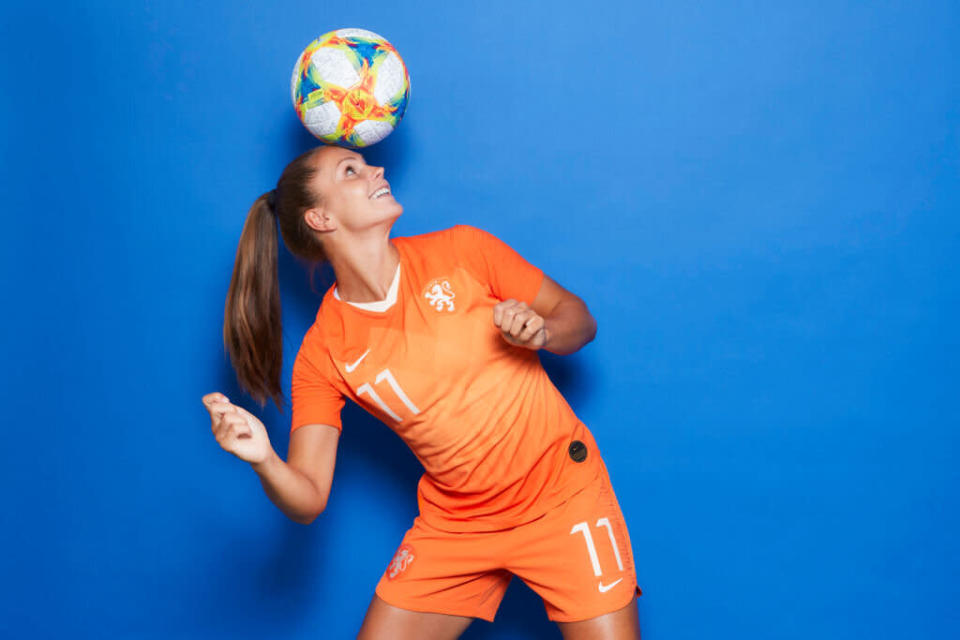Why Women’s World Cup 2019 prize money is $370m less than men’s

The Women’s World Cup kicks off in Paris today, with the tournament promising to be the best yet.
There’s a wealth of talent on display, like Alex Morgan and Julie Ertz from the defending champion, the US women’s national team.
Related article: Here’s how much French Open players will cash in this year
Related article: The BIGGEST streaking fines in sports, revealed
More countries will compete for the prestigious prize than ever before, according to CNN.
But gender inequality in football is extremely rife, and it’s not just a matter of lower pay.
While there are around 137,021 male professional footballers in the world, there are just 1,287 female professionals. This represents under 1 per cent.
That compares to politics in Australia, where 39.5 per cent of women sit in the upper house, and medicine, where 50.2 per cent of female GPs in Australia are women.
While numbers matter just as much as pay, female football players are banking a lot less than their male counterparts.
Let’s take a look at that “prestigious prize”
This year’s event will feature FIFA’s largest prize money ever, as the corporation tries to trump concerns about a gender pay gap.
The total prize money is US$30 million (AU$42.6 million), which is double what it was in 2015, according to Fox Business.
A nice US$4 million will be awarded to the winning team at this year’s World Cup, which is twice the amount the US women’s national team earned for winning in 2015.
What was on offer for the Men’s World Cup last year?
The total prize money for last year’s World Cup in Russia was a whopping US$400 million.
This means the women’s prize money is US$370 million less than (or around 7.5 per cent of) the men’s.
The winning team, France, was awarded more than the entire prize money for the Women’s World Cup: An insane US$38 million.
Looking ahead, FIFA has said the total prize money for the 2022 men’s World Cup in Qatar will be US$440 million.
Outside of the World Cup, how does women’s football compare?
According to the Sporting Intelligence Annual Salary survey, Neymar da Silva Santos Junior, who plays as a forward for French club, Paris Saint-Germain, and the Brazil national team, has a salary of €36.8 million (AU$59.4 million).
And that’s purely for his playing contract, without taking into account the millions more he receives in commercial deals.
That salary equates to the combined salaries of 1,693 female players from France, Germany, England, the US, Sweden, Australia and Mexico combined, according to the survey.
Not great then. But why do women earn less?
The pay gap is explained away by those who argue that men’s sport is much more commercially successful than women’s sport.
But, Ruth Holdaway, chief executive of Women In Sport, told The Guardian that women’s sport actually has huge commercial value.
“It is about brands being able to recognise how they can harness the power of women’s sport,” she said.
“There is a huge demand from an audience but it is about tapping into that market and making it work for both sides.”
That huge demand was shown during the women’s cricket world cup in 2017, where the Lord’s Cricket Ground sold out completely.
So, it can happen, brands and FIFA just need to step up.
Make your money work with Yahoo Finance’s daily newsletter. Sign up here and stay on top of the latest money, property and tech news.

 Yahoo Finance
Yahoo Finance 